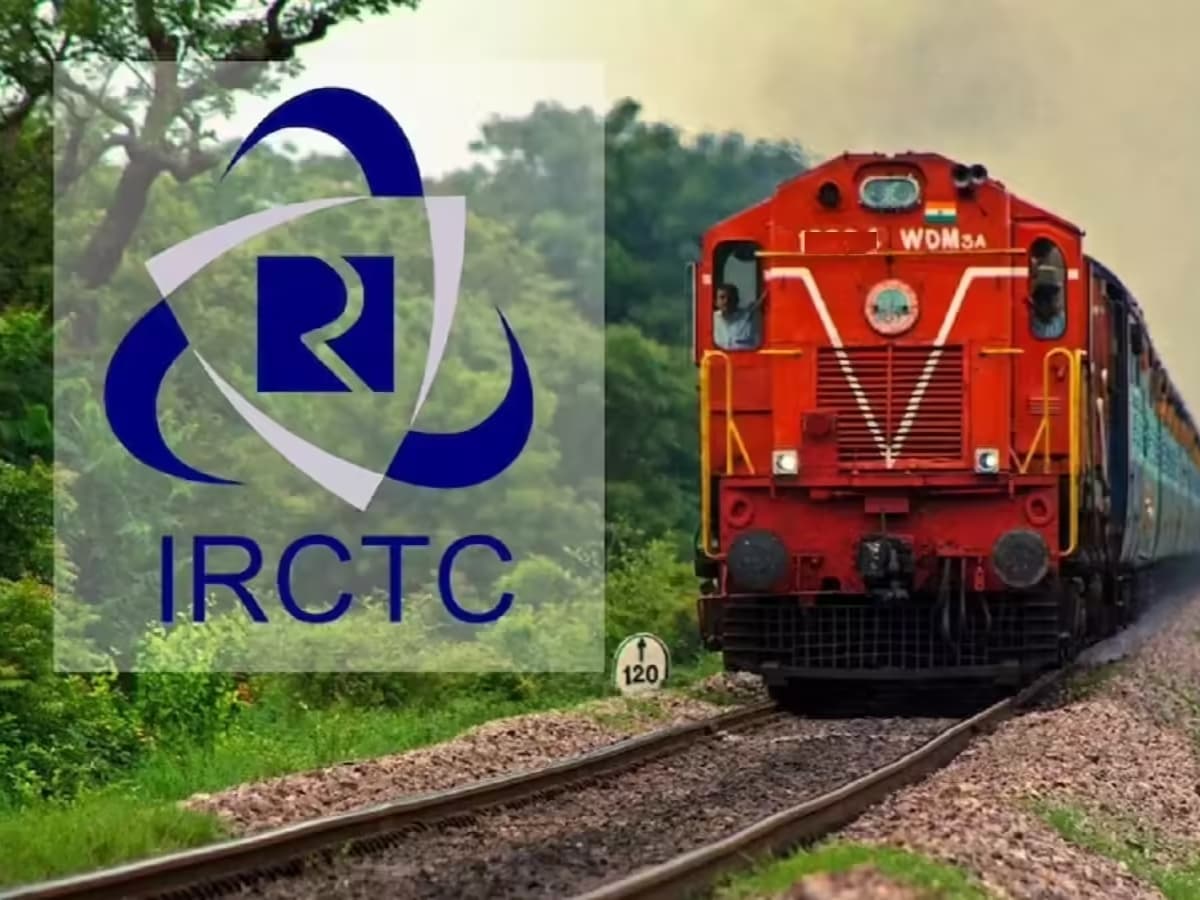PM Narendra Modi to inaugurate 103 Amrit Stations on May 22
Psu express1.jpg&w=1920&q=75)
Prime Minister Narendra Modi will inaugurate 103 Amrit Bharat stations on May 22 during an event at Bikaner, Rajasthan. These 103 Amrit Stations, spread across 86 districts in 18 Indian states and union territories, have been constructed at the cost of over ₹1,100 crore.
The Amrit Bharat Station Scheme (ABSS) is a comprehensive plan to redevelop over 1,300 stations across India with modern facilities. Under this long-term initiative, detailed plans are made for each station and the work is completed in phases based on what each station requires.
The primary goal is to make stations cleaner, more comfortable, and easier to use by improving entry and exit points, waiting halls, toilets, platforms, and roofing. Additionally, facilities like lifts, escalators, and free Wi-Fi will be added wherever
To enhance passenger experience, better signs and information systems will also be there while some stations will feature executive lounges and special areas for business meetings. The 'One Station One Product' scheme will promote local products by selling indigenous goods at kiosks.
The ABSS program also focuses on station construction upgrades, connecting both sides of the city via the station and connecting stations to other modes of transportation, such as buses and metros. Additionally, special attention is being taken to make stations friendly for those with disabilities. The long-term vision is to transform stations into vibrant city centres serving multiple purposes beyond travel.
A notable aspect of the scheme is the incorporation of local culture, heritage and architecture in station design. For instance, Ahmedabad station will draw inspiration from the Modhera Sun Temple, while Dwarka station will be inspired by the Dwarkadheesh Temple. Similarly, Baleshwar station in Odisha will reflect the theme of Bhagwan Jagannath Temple, and Kumbhakonam station in Tamil Nadu will showcase Chola architecture.
The Amrit Bharat Stations scheme dates back to 2021, when Gandhinagar became the first railway station to undergo modernisation. Later that year, Rani Kamalapati Railway Station, formerly known as Habibganj, also received a new look. The scheme represents Indian Railways' concerted attempt to modernise its infrastructure in order to improve the travel experience for passengers.






3.jpg&w=3840&q=75)


2.jpg&w=3840&q=75)


.jpg&w=3840&q=75)